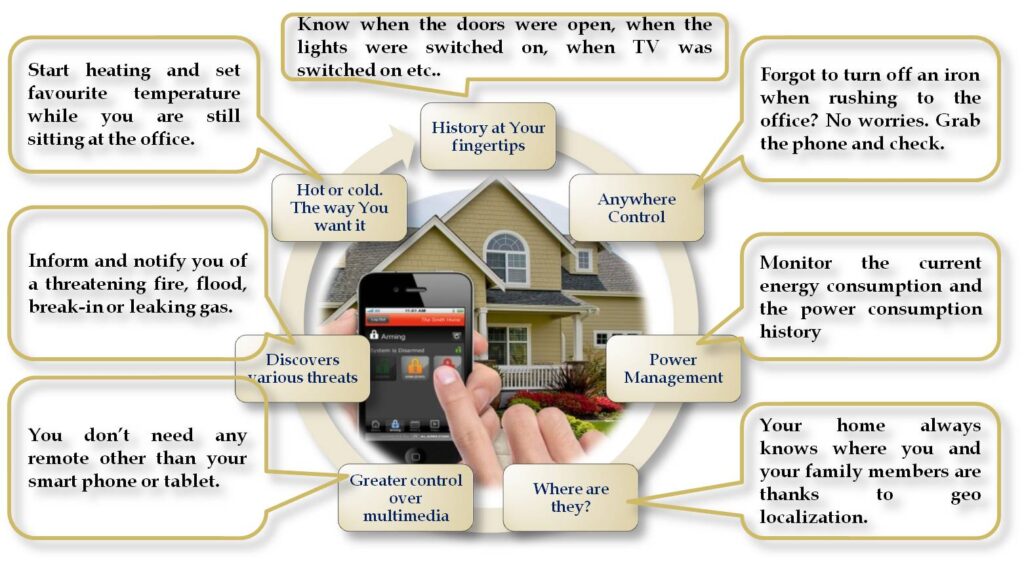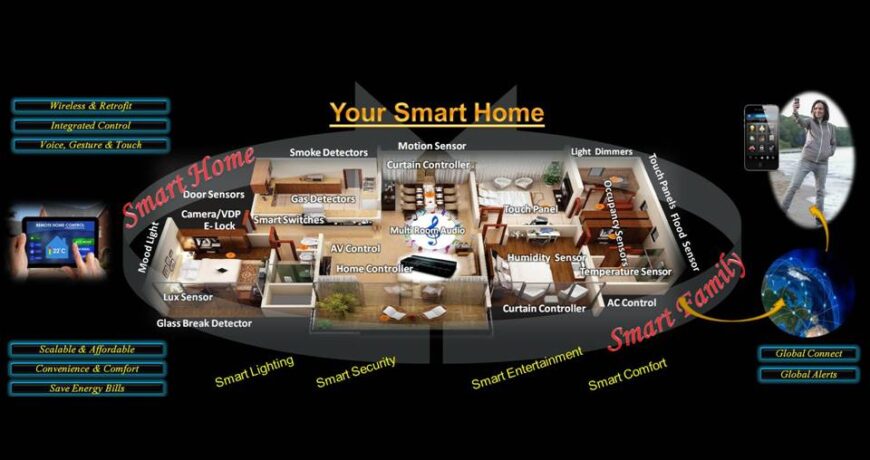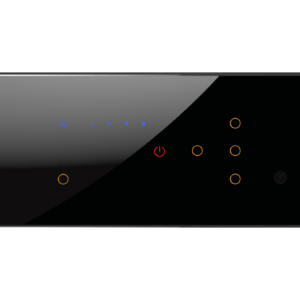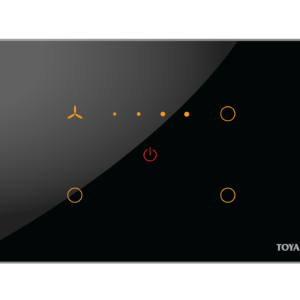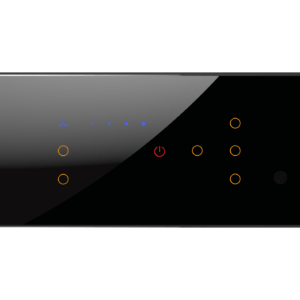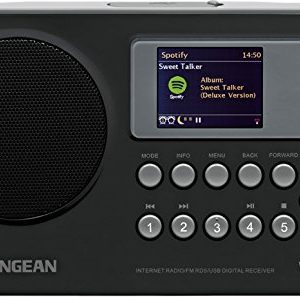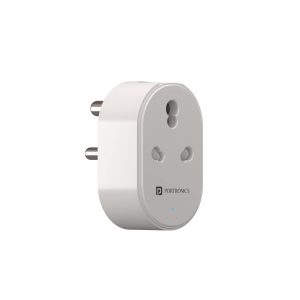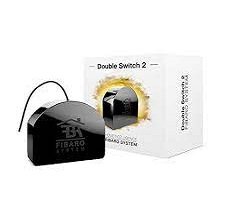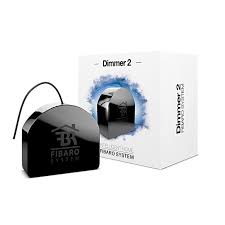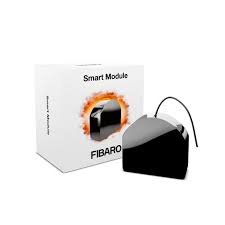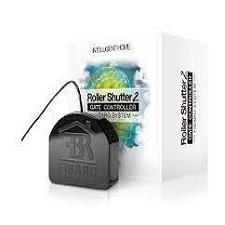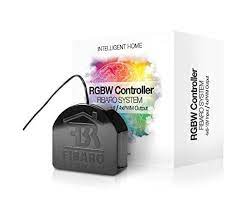No products in the cart.
All about Smart Homes Leave a comment
Home automation unlike manufacturing automation does not enable the homeowner to make more widgets faster, but instead relates to producing a comfortable, reliable, efficient, and safe environment in the home for the entire family. Therefore we like to define home automation as installed residential technology enabling the achievement of a desired lifestyle through coordinated control of the home environment.
A desired lifestyle may embody the concepts of:
- simplicity,
- convenience,
- entertainment,
- efficiency,
- connectivity,
- and safety for the whole family.
A coordinated system enables these lifestyle factors to be realized by controlling the lighting, climate, security, communication, and entertainment sub-systems in a manner that creates the desired environment within your home for a quiet evening for two or to host a party for 40 people. Convenience is addressed in the system by permitting these desired “scenes” to be invoked by time of day, or the garage door opening, or by the touch of a single button.
In practice the deployment of home automation usually is not addressed all at once unless one is building a new home or renovating the existing home. But even then, it’s important to install the infrastructure allowing automated sub-systems to be added incrementally over time enabling lower priority functions to be added to the coordinated system later in a seamless fashion.
Home automation has for long been the exclusive domain of the ultra-rich. But we are at a stage where anyone can afford to have automated homes, customized according to their needs and budgets. The concept of automated homes has evolved from pressing buttons to open a door or to bring out an Owen, now it is more about securing your house and being able to remotely observe and control the space. As an add-on, automated homes tend to be much more energy efficient that conventional homes.
In India, with the boom in the realty sector many new home buyers are opting to add automated elements to their new properties. While some real estate companies give you options even as you buy a new home, many buyers just take the help of third-parties with complete solutions.
As per Mr SN Mohanty the first item on the wish list here is security, followed by automated and energy efficient lighting systems. “The initial investment will turn into savings in a few years. An energy efficient home can reclaim the amount spent on automation within 2-3 years just from the reduced power consumption,” he explains.
Smartphones and tablets are also changing the picture, letting home owners take charge of their homes wherever they are. No wonder, a smart home now is also a connected home.
So how a smart home will help you?
